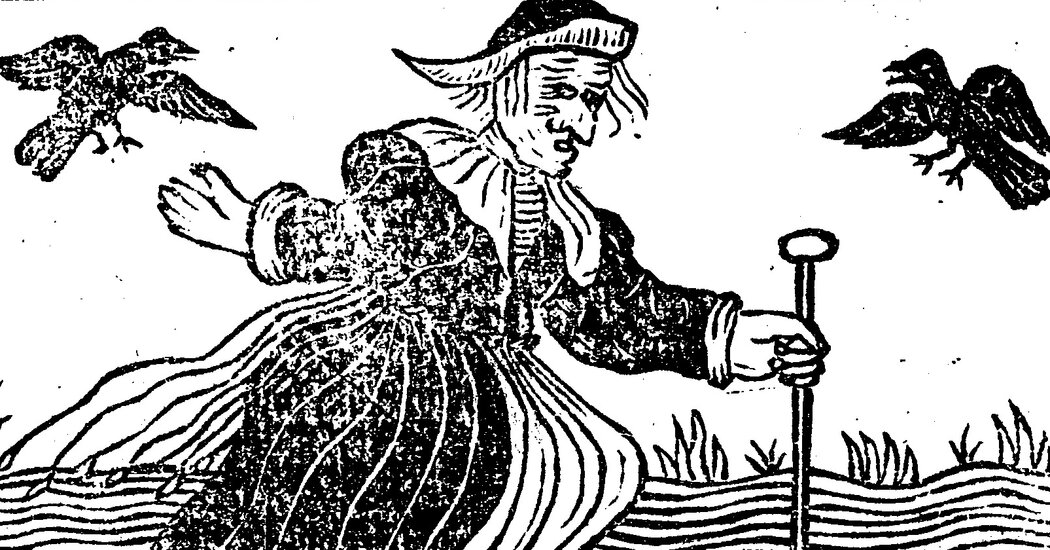Martha, an astute observer, occupies a rich liminal position as the hunt transpires. She is without blood relatives, having lost her mother as a child and never known her father. Her voicelessness protects her — she can’t confess to witchcraft — but also constrains her and makes her the butt of cruel comments. Her midwifery skills put many families in her debt, even as they render her suspect, owing to her proximity to female bodies, herbal remedies, difficult births and untimely deaths.
As the story unfolds over the course of a few weeks, her days are marked both by precarity and by her intimate connections to nature, people and her own past, which persists in the form of a two-faced wax doll, or “poppet,” bequeathed to her by her mother, who lived a rough life, died a violent death and appears to have practiced witchcraft.
“The doll was ill-made and lumpen, crudely fashioned from a stump of candle, egg-shaped where the wax bulged at its hips,” Meyer writes in a passage that captures her voice, at once poetic and sharp:
It had two aspects. … One without eyes or only pinpricks for eyes, the nose a pinched-out nub, the mouth barely discernible — a sickle-shaped nock from some woman’s fingernail. This side, this face, quite peaceful. Closed-looking. The face on the other side was more formed and more frightening, the burnt-in eyes widely staring, the O of its mouth agape, as if it were trying to scream.
The protean but endlessly suggestive doll embodies the tensions between animate and inanimate, human and spirit, friend and foe, real and imaginary that play out across the fetid landscape of the town and its increasingly desperate people. The “witchfinder” comes from elsewhere but soon conscripts local residents, both male and female, into his cause; Martha is put to work inspecting other women’s bodies for signs of witchery — loose flaps of skin, extra nipples, birthmarks, a failure to flinch at the touch of a pricking rod — until the inevitable day when she, too, becomes a target of the hunt.


